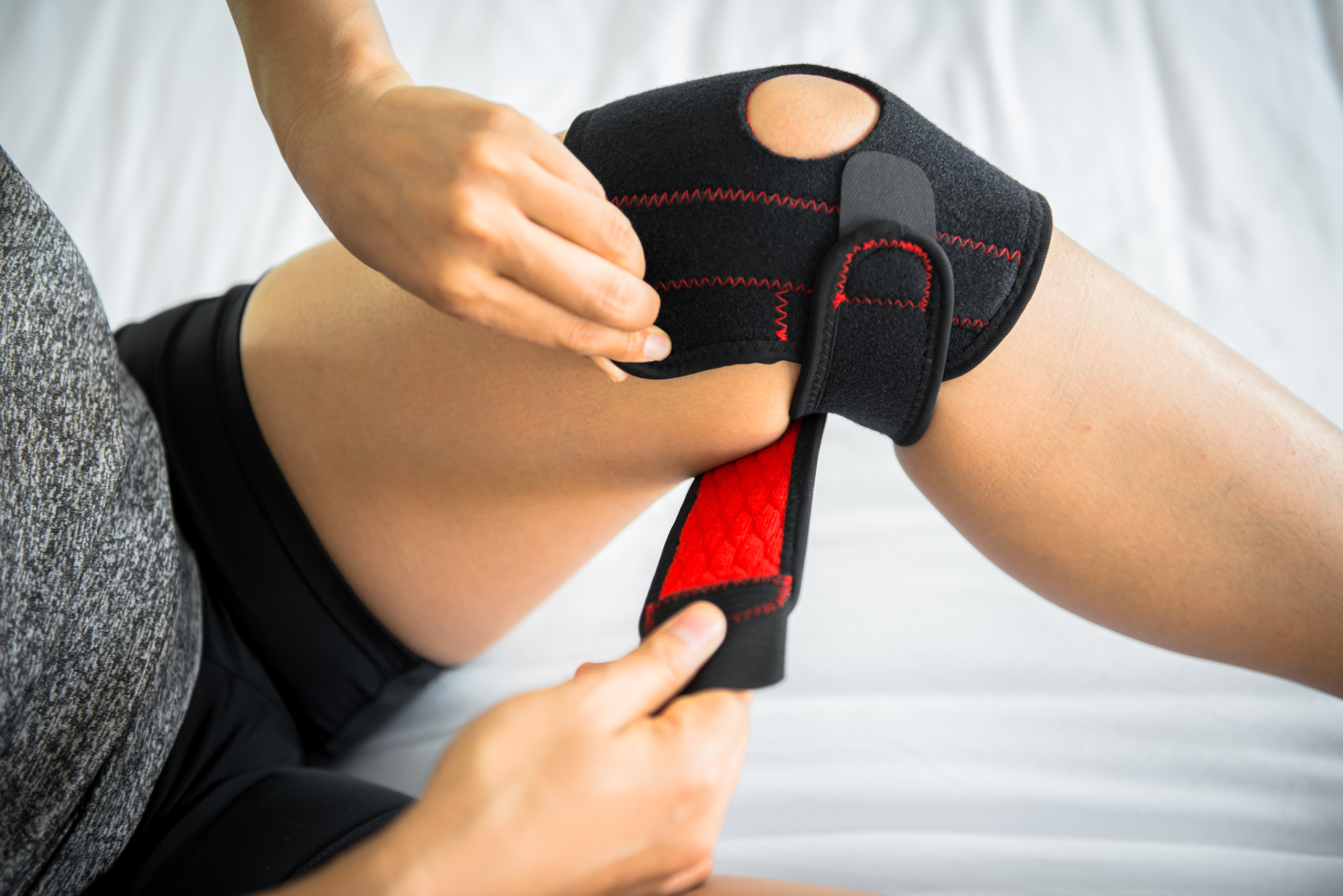
9 Sports Injury Symptoms You Need to Pay Attention to
Suffering an injury can happen anywhere. Some of the most susceptible individuals to injuries are athletes.
A sports injury can happen at any time during an activity. If you think you might be injured, there are a few signs and symptoms you should pay attention to. Without a proper diagnosis, it can be difficult to know what was tweaked and how to treat it.
You’re at risk for an injury every time you compete. Whether that’s in practice or a game, make sure you’re paying attention to your body.
Let’s go over nine sports injury symptoms you need to pay attention to.
1. Sprains
Before seriously hurting yourself without a diagnosis, perhaps the most common type of sports injury is a strain.
These happen when a ligament stretches or tears. It can occur all over the body since a ligament is the band of tissue fibers that connect two bones together deep in the joints.
If you’ve experienced a strain, it was likely your ankle.
You’ll notice sprain symptoms include swelling, bruising, feeling a pop of the joint during injury, or limited mobility to the joint. This injury can be treated with rest, ice, compression, and elevation.
2. Strains
A lot like a sprain, a strain is the overstretching of muscles and tendons.
This is most commonly seen in the hamstring and lower back. The main issue is that the symptoms associated with sprains and strains are the same. The swelling, bruising, and limited mobility to the joint are all consistent.
However, with a strain, there might be some spasms in the affected muscle area.
3. Swollen Muscles
Swelling can happen with a variety of injuries. Across the board, an injury usually comes with swelling.
In order to relieve the pain of swollen muscles, there are a few things you can do. Rest, ice, elevation, and compression should all be applied to a sore muscle depending on severity.
Swollen muscles come in all shapes, sizes, and levels. Make sure you understand the difference between treating a swollen muscle based on the injury.
4. Fractures
Start associating fractures and broken bones because they’re the same thing.
Fractures can be as thin as a crack or as severe as a full break. These happen crosswise, lengthwise, in multiple areas, or into dozens of pieces. Bones often break when the impact and force are more than the bone can support.
Fractures are evident. You’ll notice a snap or grinding sound, swelling, bruising, difficultly supporting weight, or some deformity of the area. In even worse situations, a fracture can result in the bone protruding through the skin.
5. Sports Injury Dislocations
Dislocations are a common sports injury. Dislocating a bone means it has slipped out of a joint.
These injuries can happen in almost any joint on your body. It could be a knee, hip, ankle; you name it. When it slips or pops out, you need immediate attention.
If the bone isn’t returned to the place, it could result in long-term damage to your ligaments, nerves, or blood vessels.
6. Sports Hernia
With the potential to lead to a traditional abdominal hernia, a sports hernia is caused by the sudden changing of directions or swift rotational movements.
A hernia is any strain or tear of soft tissue in the groin/abdomen area. Symptoms typically start with severe pain in the groin area. Unlike the traditional hernia, sports hernias don’t show a visible bulge in the groin area.
Without any treatment, a sports hernia can keep you out of competition for weeks.
7. Concussions
Gaining traction in the past few years, concussions and brain study have been in the news across the sports world.
One of the most common sports injuries, a concussion, happens when the brain moves back and forth rapidly. This usually occurs due to a jolt, blow, or bump to the head.
Contact sports are the most concerning when dealing with concussions. Symptoms can range from short term to long term effects. Memory, balance, speech, and coordination issues could last or occur for a varying period of time.
Concussions are even more serious when the individual loses consciousness.
8. Runner’s Knee
This blanketed sports injury name describes repetitive strains to the knee from a sport where running and jumping are continual.
Knee pain is felt at the front of the knee, in, or under the knee cap. This injury comes with swelling and additional pain.
The issue stems from the information of the iliotibial band. At high impacts, this injury can compound and get worse and worse over time.
9. Tennis Elbow
Tennis elbow happens more often than you’d think. It doesn’t have to be from tennis either.
This injury happens when repeated stress is put on the elbow. You find issues in baseball, golf, tennis, squash, and other swinging motion sports. Although this is a common sports injury, the symptoms may feel like other injuries.
There is a large amount of inflammation and tightness that comes up with a tennis elbow. Without rest, the injury can develop into a tear and additional problems.
Distinguish Symptoms and Injuries
In order to properly treat and diagnose a sports injury, you have to distinguish the signs and symptoms.
There are dozens of similar symptoms with injuries. Consulting with a sports injury doctor will help you understand what you might be dealing with.
The more information, the better. When you are searching for some assistance, trust the professionals at Complete Injury Management.
We provide the assistance of a sports injury clinic with decades of experience in automotive accidents, work-related injuries, and more. No matter what you’re struggling with, we have something that will work for you.
Give us a call today to schedule an appointment. You’ll be glad you chose Complete Injury Management.



